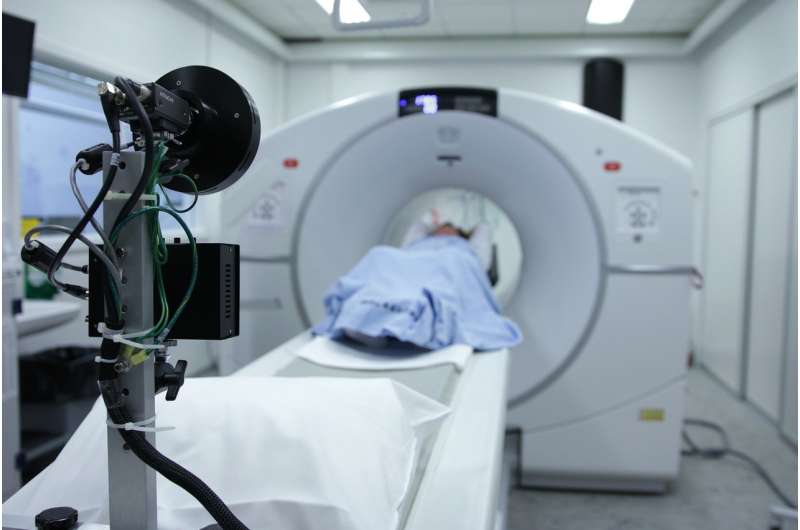New Study Shows DNA Testing Outperforms Traditional Methods in Detecting Lung Pathogens

A recent study highlights how metagenomic next-generation sequencing (mNGS) outperforms traditional diagnostic methods in detecting lung pathogens, leading to faster and more accurate clinical decisions.
A groundbreaking study has demonstrated that metagenomic next-generation sequencing (mNGS), a modern DNA-based diagnostic technique, significantly surpasses conventional microbiological tests in identifying pathogens responsible for lung infections. Conducted by researchers from the Department of Clinical Laboratory at the Second Affiliated Hospital of Nanchang University in collaboration with BGI Genomics, the study was published in the journal Frontiers in Cellular and Infection Microbiology.
Traditional diagnostic tools such as culture growth, microscopy, and targeted PCR assays have been the mainstay for detecting pulmonary pathogens. While effective for common infections, these methods often have limitations in scope and speed, delaying diagnosis and treatment, especially for atypical or rare pathogens like Pneumocystis, herpesviruses, and Mycobacterium tuberculosis.
In contrast, mNGS offers a rapid, broad-spectrum approach that can identify multiple pathogens simultaneously within days. The study found that mNGS detected pathogens in 86% of lung infection cases, a substantial improvement over the 67% detection rate of traditional microbiological tests. Specifically, mNGS identified 59 bacterial, 18 fungal, 14 viral, and 4 other specialized pathogens, providing a comprehensive view of the infectious landscape.
This enhanced detection capability enables clinicians to formulate more targeted treatment strategies, which can lead to improved patient outcomes. Notably, mNGS played a crucial role in guiding therapy for cases with atypical pathogens and in cases where conventional tests failed to identify the infectious agent. The study reported that treatment adjustments based on mNGS results benefited 16 patients, resulting in better prognosis.
Furthermore, the application of mNGS facilitated more precise antibiotic use, with 40.6% of the 133 patients receiving more targeted therapies. This approach not only minimizes unnecessary antibiotic exposure but also helps combat antimicrobial resistance.
A key advantage of mNGS lies in its ability to detect rare and challenging pathogens such as Mycobacterium tuberculosis, Mycoplasma pneumoniae, Chlamydia psittaci, and fungi like Pneumocystis jirovecii and Talaromyces marneffei. According to Professor Wang Xiaozhong, director of the Department of Clinical Laboratory, the broad and rapid diagnostic capacity of mNGS is transforming the landscape of pulmonary infection management.
Looking ahead, experts advocate integrating mNGS with clinical evaluations, imaging, and traditional tests to establish a comprehensive diagnosis and treatment model that emphasizes rapid identification, precise intervention, and dynamic monitoring. This integrated approach promises to improve diagnostic accuracy, streamline treatment, and ultimately enhance patient recovery.
Overall, the adoption of mNGS in clinical practice marks a significant leap forward in infectious disease diagnostics, offering higher sensitivity, broader detection range, and faster results than traditional methods.
Source: https://medicalxpress.com/news/2025-05-dna-lung-pathogens-traditional-methods.html
Stay Updated with Mia's Feed
Get the latest health & wellness insights delivered straight to your inbox.
Related Articles
Innovative RNA-Based Approach Targets CNNM4 Protein to Combat Rare and Aggressive Liver Cancer
A novel RNA-based therapy targeting CNNM4 protein shows promise in slowing the progression of aggressive liver cancer, opening new avenues for personalized treatment.
Promising Experimental Therapy Offers Hope for Celiac Disease Treatment
Innovative cell-based therapy shows potential to treat celiac disease by modulating immune responses, promising a future beyond gluten-free diets.
Nasal Mask Support Enhances Breathing Outcomes in Preterm Infants: Landmark Clinical Trial
A major clinical trial reveals that nasal mask support at birth significantly improves breathing in extremely preterm babies, potentially transforming neonatal resuscitation practices worldwide.



